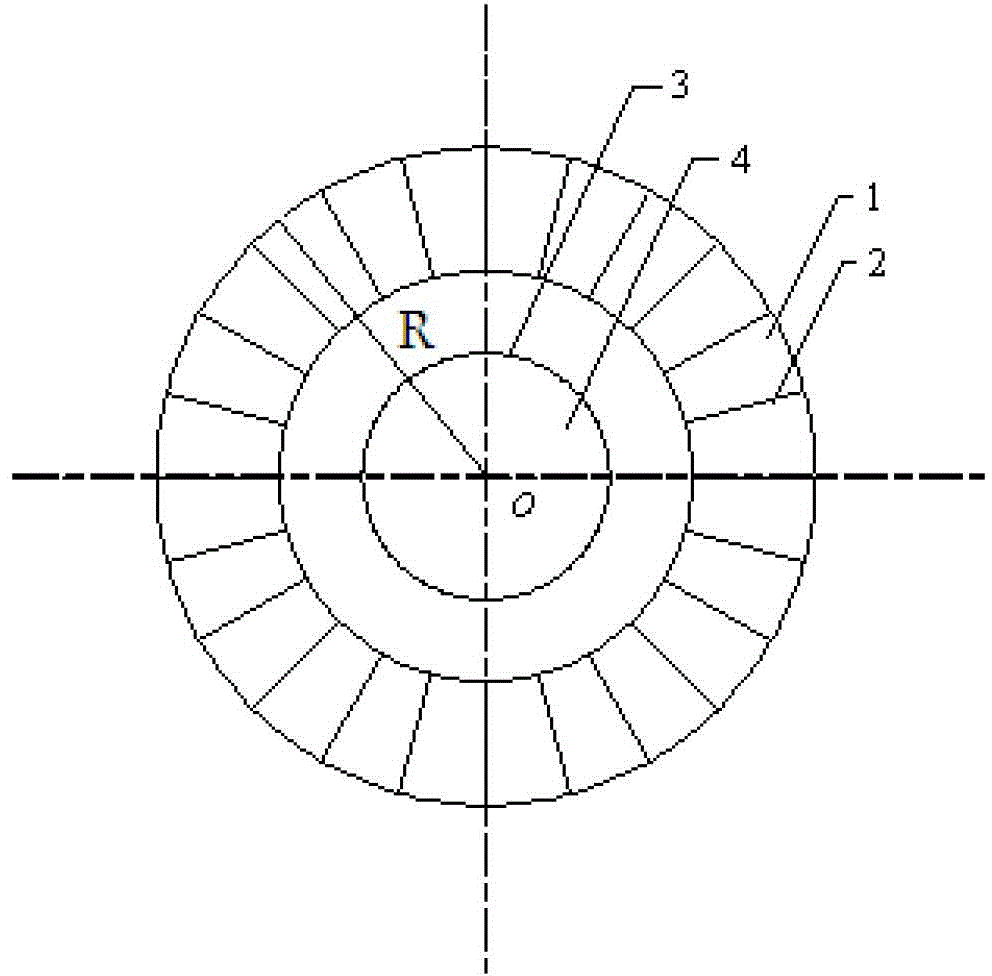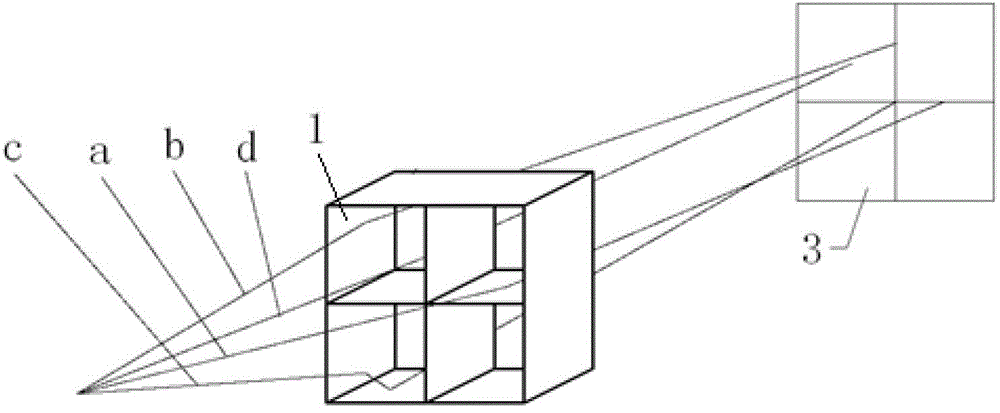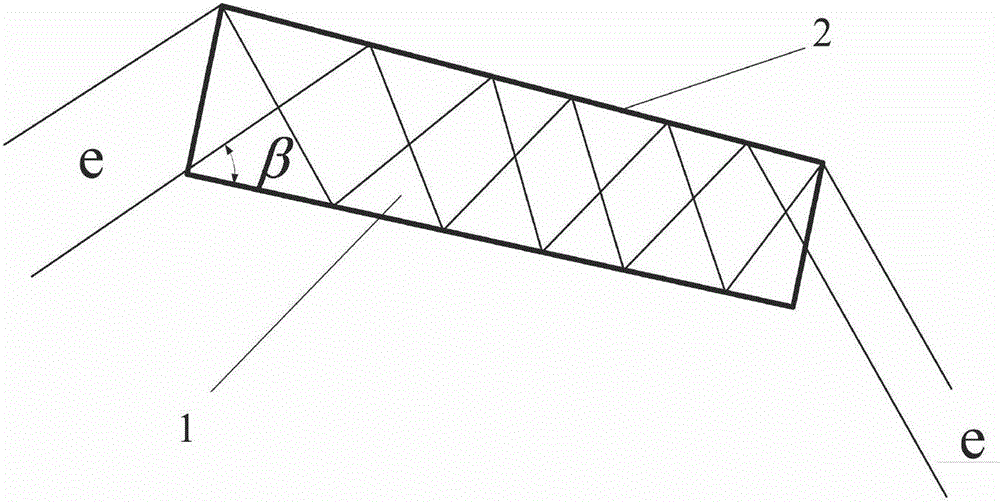Lobster eye lens adopting tail end light absorbing coating to inhibit stray light generation
A light-absorbing coating and lobster eye lens technology, applied in the field of bionic optics, can solve the problems of low light energy utilization rate and no practical function of the front-end coating, and achieve the effect of suppressing stray light, suppressing stray light level, and improving contrast
- Summary
- Abstract
- Description
- Claims
- Application Information
AI Technical Summary
Problems solved by technology
Method used
Image
Examples
Embodiment 1
[0043]According to the above analysis, a lobster-eye lens model was modeled using the optical-mechanical modeling software FRED, and a comparative analysis of the stray light suppression effect using the above two coating methods was carried out. The structure parameters are as follows:
[0044] Channel depth t=20mm; channel cone angle α=1°; outer edge curvature radius R=102mm; half field angle θ=15°; at the image plane l=47.5mm, this lobster eye lens guarantees a large field of view At the same time, it has better energy concentration.
[0045] At the same time, assuming that the light-absorbing coating used has a 100% absorption rate for the default light wave, the illuminance analysis obtained by comparing the coating before and after using the coating is as follows:
[0046] Such as Figure 8a As shown in and b, it is the illuminance distribution diagram formed by the ordinary lobster eye lens. In order to increase the contrast of the image, the image is processed by log...
PUM
 Login to View More
Login to View More Abstract
Description
Claims
Application Information
 Login to View More
Login to View More - R&D
- Intellectual Property
- Life Sciences
- Materials
- Tech Scout
- Unparalleled Data Quality
- Higher Quality Content
- 60% Fewer Hallucinations
Browse by: Latest US Patents, China's latest patents, Technical Efficacy Thesaurus, Application Domain, Technology Topic, Popular Technical Reports.
© 2025 PatSnap. All rights reserved.Legal|Privacy policy|Modern Slavery Act Transparency Statement|Sitemap|About US| Contact US: help@patsnap.com



